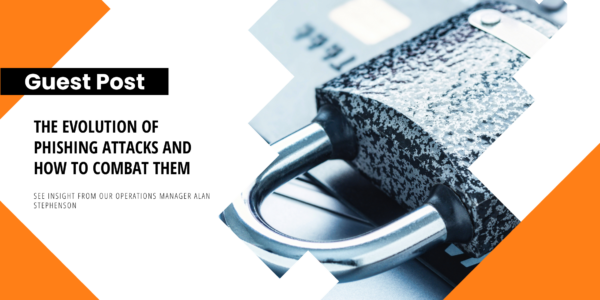Guest Post from Taylor Tabusa Key Points DMARC (Domain-based Message Authentication, Reporting, and Conformance) is…

Why the NIST Cybersecurity Framework is Valuable to Private Business
Cybersecurity threats remain a concern for modern private businesses. A data breach attack costs businesses an average of $8.64 million. Companies can implement the best practices, standards, and guidelines to minimize the risks of an infrastructure breach and significant data loss through the National Institute of Standards and Technology (NIST) cybersecurity framework.
History of the NIST Framework
In February 2013, the federal government formally recognized the vital importance of critical infrastructure in maintaining national and economic security.
Under the guidance of NIST, governmental officials and private companies convened to mitigate cybersecurity issues, pooling resources to construct a voluntary framework that safeguards critical infrastructure across organizations.
The NIST cybersecurity framework provides organizations with a prioritized, repeatable, and flexible approach via three strategic components.
Components of the NIST Cybersecurity Framework
The NIST cybersecurity framework consists of the core, implementation tiers, and profiles. By combining all three components, companies can utilize relevant and clear guidance on managing and optimizing their critical infrastructures.
- Core: The framework’s core provides a concise directive on desired cybersecurity outcomes. These recommended methods should closely follow a company’s existing cybersecurity and risk management standards.
- Implementation Tiers: Tiers provide companies with the specific contexts required to assess their current perspectives on cybersecurity matters. These help decision-makers determine the urgency for change and the level of response necessary based on factors such as risk and company budget.
- Profiles: The framework’s profiles enable companies to align objectives and requirements to the outcomes established in the core component of the process. By doing so, businesses can confidently prioritize the opportunities, decisions, and steps required to achieve the optimal cybersecurity infrastructure.
NIST Framework for Private Businesses
The highly customizable structure of the NIST framework enables private businesses to minimize cybersecurity risks according to scale. Specifically, the outcome-driven framework enables companies to reach their desired outcomes regardless of budget, including small startups with a nascent cybersecurity infrastructure.
With the NIST framework’s core, businesses may access value-added functions to identify, protect, detect, respond, and recover.
- Identify: Develop the organizational understanding required to optimize the management of cybersecurity risks and their related elements.
- Protect: Highlight the desired outcomes across categories such as access control and employee training.
- Detect: Discover cybersecurity events through procedures such as continuous security monitoring to improve organizational awareness of risks and system status.
- Respond: Facilitate a state of continuous improvement through steps such as response planning analysis and mitigation.
- Recover: Drive quick recovery response in cybersecurity events, enabling companies to resume normal operations with minimal downtime.
The voluntary basis of the NIST cybersecurity framework enables companies to implement the guidelines gradually. Therefore, business owners can effectively prioritize goals and actions, applying the framework according to changing requirements and industry-specific needs.
Integrating the NIST Framework
Terminal B is an industry expert that helps businesses comply with the latest guidelines within the NIST framework by providing fully managed cybersecurity services. Companies can prevent costly data breaches and promote seamless collaboration between external and internal stakeholders by working closely with the voluntary guidance framework.
Contact a Terminal B specialist today to discover the most suitable cybersecurity solutions to protect your critical systems.


